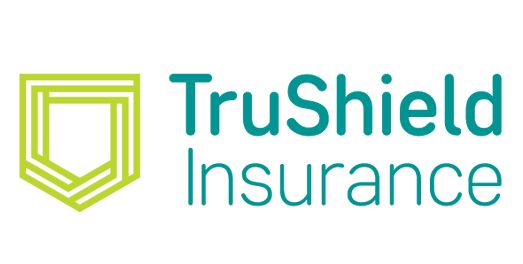Ways to help prepare your small business for flooding

In 2020, a spring flood in Fort McMurray, Alberta resulted in more than $520 million in insured damage. The root cause of the flood was an ice jam on the Athabasca River, formed by the accumulation of ice fragments that obstruct water flow. Thousands of people were displaced and properties damaged, prompting the municipality to revisit its flood mitigation plan.
Flooding is a common natural disaster in rural and urban areas across Canada and can occur in any season – from snowmelt runoff floods to heavy rainfall and flash flooding. CatIQ, an insured loss and exposure indices provider, reports that insured losses from flooding in Canada topped $1 billion five times in the past seven years. A significant portion of that $1 billion is the result of water damage and flooding, according to the Insurance Bureau of Canada.
What steps is your small business taking to help reduce the risk and impact of flooding? Regular inspections of your property and checking in with regional flood forecasting centres can go a long way in your business continuity planning. Here are a few other ways to help prepare your small business for flooding.
Understanding your flood risks
Types of floods include river, sewer, and surface water flooding. An important first step in your prevention plan is figuring out what types of floods your small business may encounter. For example, if you’re based in an urban centre like Toronto, summer flooding is common due to aging infrastructure that is unable to handle surface runoff. City planning departments can help you understand the history of your area and if your location is high-risk.
Once you know this information, you can narrow down what coverage your business may need and the potential impact on your operations.
Protect your property
As part of your business continuity planning, identify evacuation routes and organize emergency drills for your employees. Perform regular inspection and maintenance of your property to identify areas that may leave you vulnerable to flooding and water damage. Here are a few things to consider:
1. Install backflow prevention check valves to stop floodwater from entering at vulnerable points where utility and sewer lines enter the facility.
2. Install permanent sump pumps with solar and backup power.
3. Seal walls to prevent or reduce seepage and if necessary, reinforce walls to resist water pressure.
4. Install flood shields to prevent the passage of water through doors, windows, ventilation shafts, or other openings.
5. Establish backup systems for emergencies, such as portable pumps to remove flood water, alternate power sources such as generators or gasoline-powered pumps, and battery-powered emergency lighting, located well above the high water mark.
6. An updated emergency contact list can also help you quickly alert first responders, employees, and facility management in the event of a flood.
Monitoring regional flood forecasts
Each province and territory respond to floods in cooperation with local authorities, and the majority have information online about the flood situation in their area. You can find your regional forecasting center by visiting this Government of Canada website. Consider designating someone on your team to monitor reports from reliable sources and provide updates.
Protect your business with reliable coverage
Flooding can happen quickly and when you least expect it. The right insurance can help your small business get back on its feet by compensating a loss of income or property damage. At TruShield, we’ll work with you to build a policy that suits your needs and addresses your risks. Find out more by visiting our business insurance page!
This blog was originally published by Trushield Insurance. Trushield Insurance is a partner of the Canadian Chamber’s Business Protection Program, through this partnership Trushield offers insurance for chamber network small businesses. This blog is provided for information only and is not a substitute for professional advice. We make no representations or warranties regarding the accuracy or completeness of the information and will not be responsible for any loss arising out of reliance on the information.